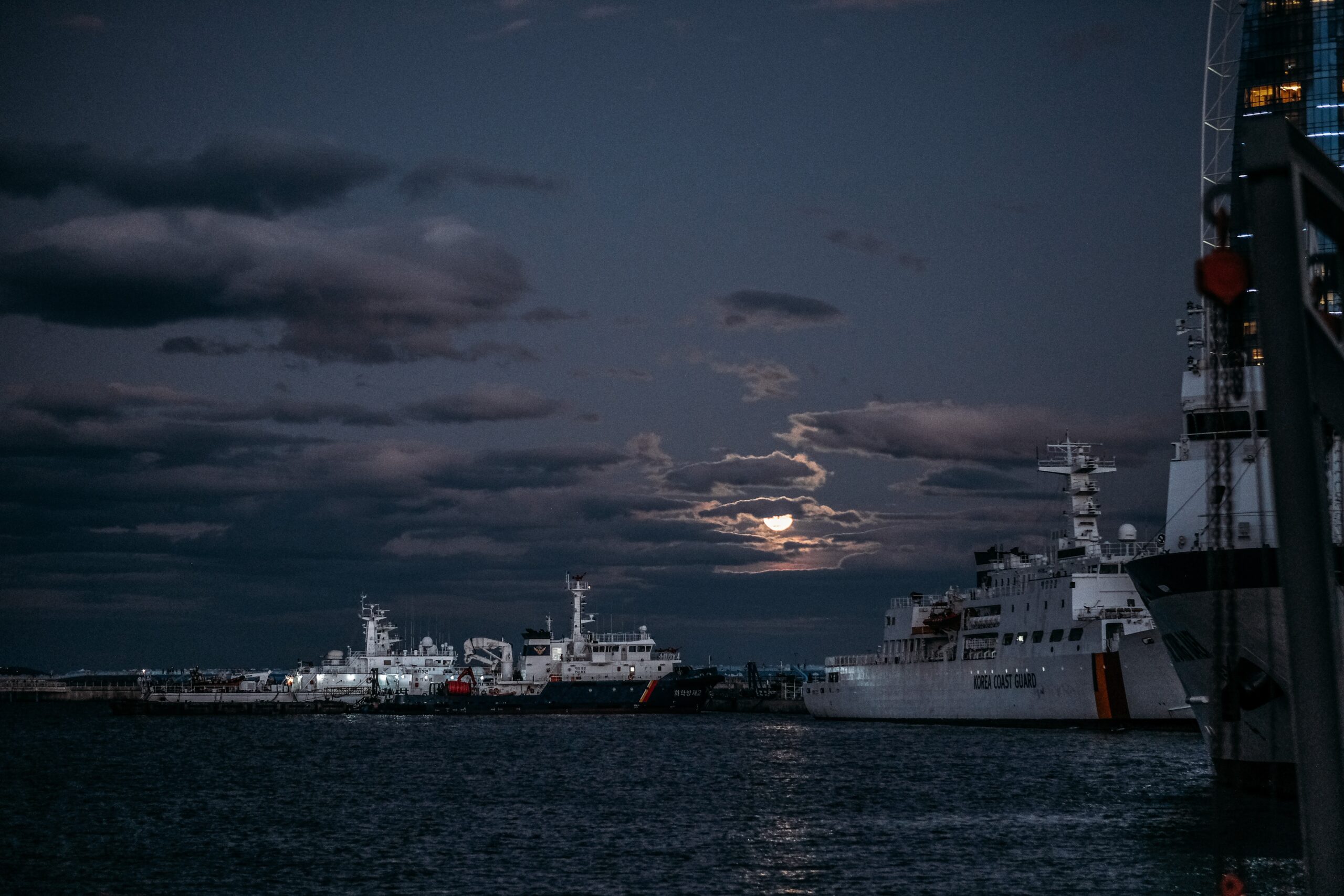The widespread common belief about the world war and how it was executed and carried out remains focused on the air bombings at Hiroshima and Nagasaki causing unparalleled casualties and chaos. As a result, several other chapters of the war remain aloof from common and accessible history. For instance, the Battle of Leyte Gulf remains a solitary chapter in the course of world-war battles despite being the largest naval battle of World War II and by some criteria, the largest naval battle in history with over 200,000 naval personnel involved. The war may have been a minute affair lasting between 23-26th October 1944 but involved a great many armies of soldiers from many countries. The War was fought in waters near the Philippine islands of Leyte, Samar, and Luzon between combined American and Australian forces and the Imperial Japanese Navy.
The war aimed to invade Leyte Island which furthered was anticipated to isolate Japan from other countries of Southeast Asia which were a vital source of industrial and oil supplies. The war proved to be a great story showcasing the sheer grit and determination of the Imperial Japanese Navy as at the onset of battle, Japan had fewer capital ships and even lesser naval vessels as compared to the Allied Forces. The IJN however managed to mobilize all of its remaining major naval vessels rather than giving up to the Allied invasion which was inevitable.
The Battle of Leyte Gulf consisted of four main but separate engagements. One of them was the Battle of Surigao Strait.
Battle of Surigao Strait (25th October 1944)
The battle of Surigao Strait is the last battleship-vs-battleship action in history and was one of the only two battleship-versus-battleship naval battles in the entire Pacific campaign of World War II, the other being the Guadalcanal Campaign where Japan also tasted sour defeat when Washington sank the Japanese battleship, Kirishima. The war was also the last battle where one of the forces was not even able to ‘cross the T” (a classic naval war tactic used from the late 19th to mid-20th centuries, in which a line of warships crosses in front of a line of enemy ships, allowing the crossing line to bring all their guns to bear while receiving fire from only the forward guns of the enemy.) In the Battle of Surigao Strait, the Imperial Japanese Navy, despite foreseeing an inevitable loss, assembled its only left battleship (Yamashiro), one heavy cruiser and one destroyer, aiming to not repeat the debacles of the Guadalcanal Campaign.
The Japanese forces in the initial stages of the war had old battleships Yamashiro and Fuso, the heavy cruiser Mogami and four destroyers, Shigure, Michishio, Asagumo, and Yamagumo. However, as the Japanese Forces ascended towards the Leyte Gulf, it was attacked by the U.S. Navy bombers on 24 October however sailed through by incurring minimal damage although one of the destroyer ships from the fleet sunk during this action. While the physical damage was minor but the psychological damage however was immense and as a result, the forces were unable to synchronize their movements with the rest of the fleet. Furthermore, the radio obstructions and regular hindrances also ached the forces manifold.
Engagement between the Forces
Upon approaching the Surigao strait, the Japanese Southern Forces met with a deadly trap set by the US’s Seventh Flee. The latter fleet’s Rear Admiral Jesse Oldendorf had a substantial setting comprising six battleships, four heavy crushers, four light cruisers accompanied by 28 destroyers, and 39 motor torpedo boats hinged with smaller guns. The Japanese Force entered the Strait during the early hours of 25th October and was immediately annihilated by the Seventh Fleet from all directions. The Japanese force was surrounded from all corners. While the forces tried to shield themselves and sail through the narrow strait, the US fleet unleashed torpedo attacks resulting in the sinking of the Fuso battleship. The continuous gruesome attacks further resulted in the sinking of other destroyers as well. However, the Japanese, despite losing most of its fleet, continued to march through. As the Japanese fleet reached the end of the strait, the Olderndorf’s met with his battleships and was able to ‘cross the T’s’ on the formation of the Japanese force. This resulted in a full broadsides attack with all the big arms and arsenal, while Japan, on the other hand, could only employ its forward weapons which were insignificant in size, effect, and causality. At the same time, the U.S. Navy and Royal Australian Navy also opened fire on the Japanese Navy. The consequences were devastating.
Conclusion
The Japanese Naval Force went down with its flag. However, as some ships of the fleet were seriously damaged but not completely sunk, Shima (a rescuer ship from the force) evacuated the devastated ships but it had already withdrawn from entering the Surigao Strait and reversed its course. While the battle was merely an overnight open-and-shut battle episode, the action at Surigao Strait went down as one of the few prominent naval wars in history where aircraft did not play a significant role.

